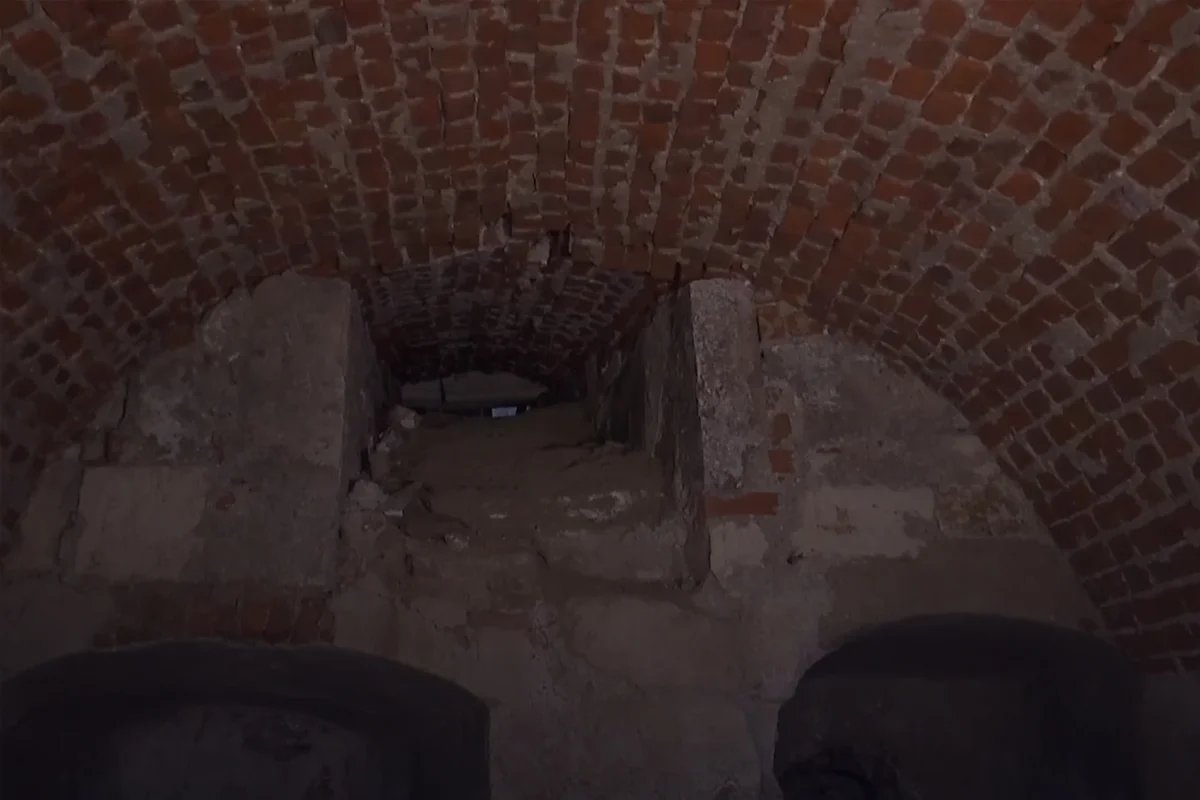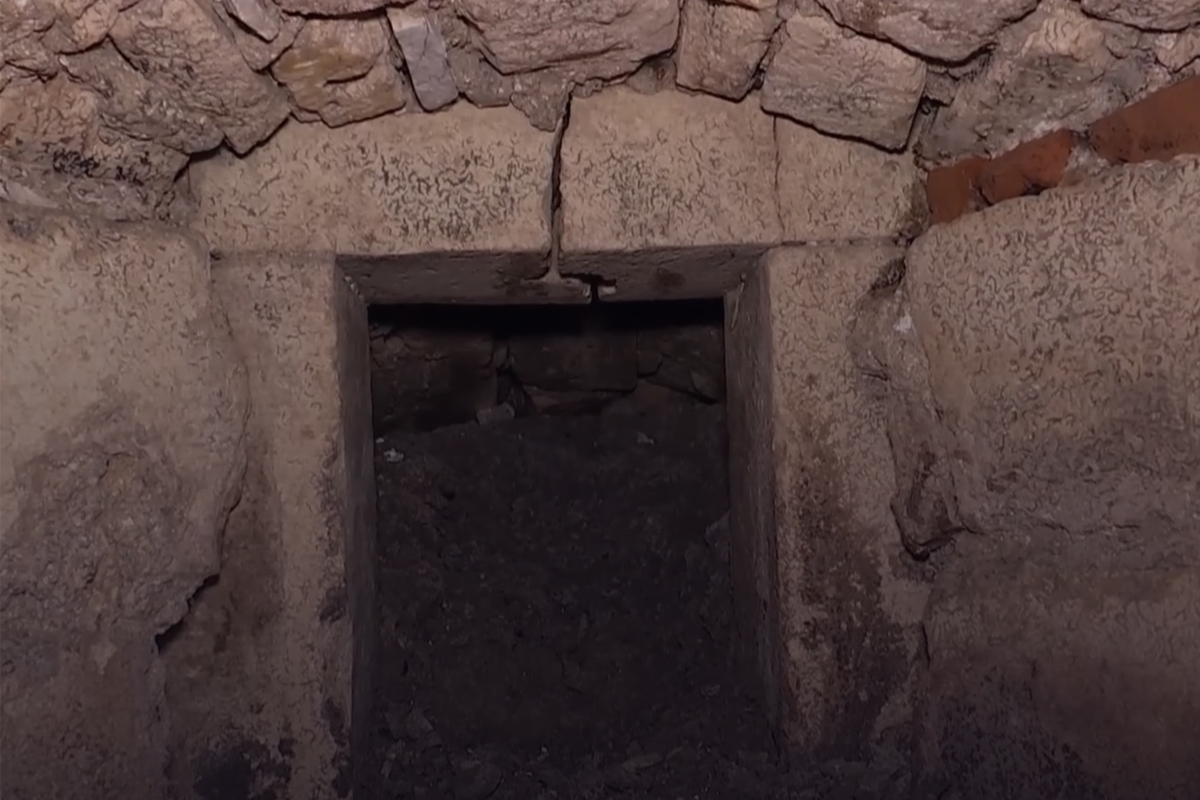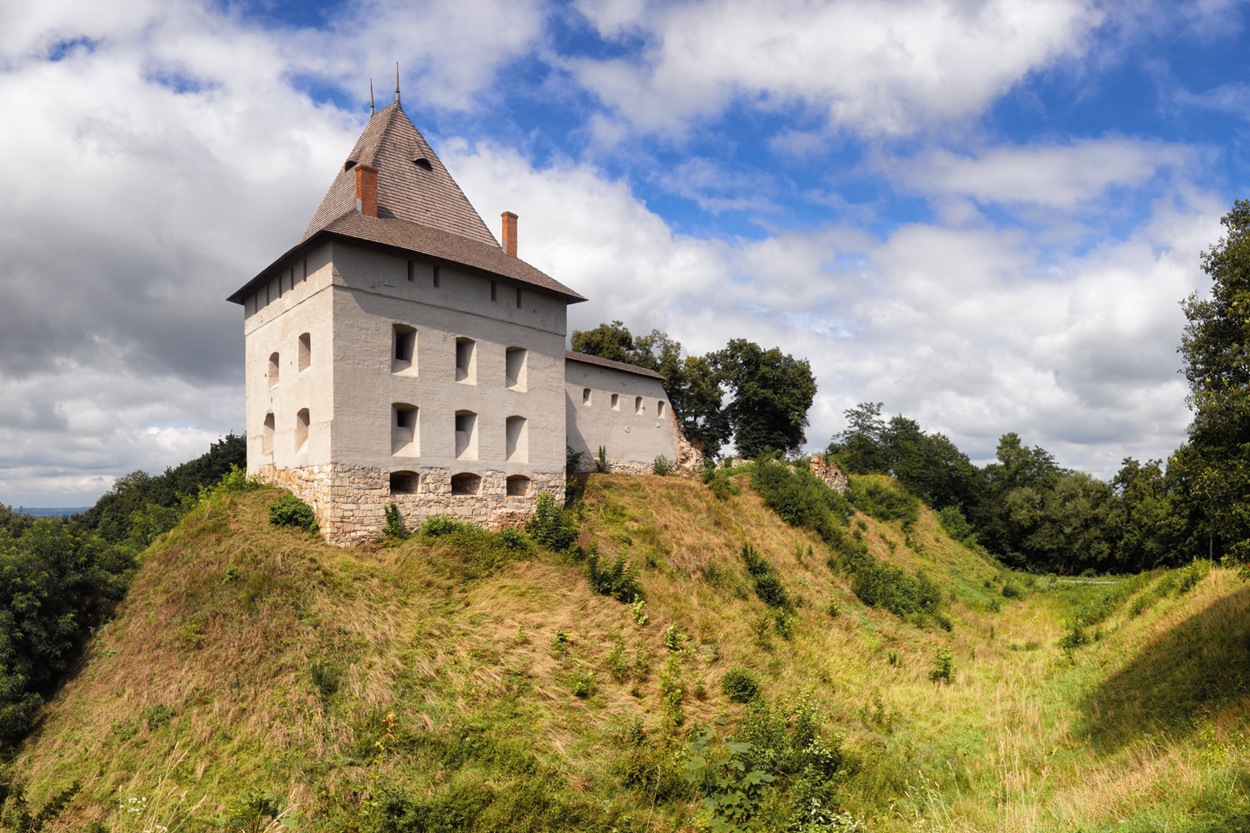Archaeologists from the National Academy of Sciences of Ukraine have finally gained access to a hidden chamber beneath Galician Castle, sealed for nearly 300 years.
Galician Castle, also known as Starasta Castle, is a partially reconstructed fortress located in the city of Halych in western Ukraine.
The castle was originally founded in the 12th century as a wooden fortification built on a rocky outcrop overlooking the Dniester River. In the mid-14th century, it was rebuilt in stone by Casimir III the Great, and later, in the early 17th century, it was redesigned by architect Francisco Corazzini.
In 2023, Vladimir Oleynik, Director General of the Ancient Galich National Reserve, announced the discovery of a small ventilation shaft leading to a hidden chamber beneath a 16th century collapsed tower.

The shaft was too narrow to access, and the chamber was obstructed by a collapsed section of wall fragment. It is believed that the collapse likely dates to the Turkish-Polish War of 1676, when Halych was attacked by the forces of Ibrahim Shah of Jahar who used cannon to destroy the castle’s defensive walls and towers.
For the past year, archaeologists have removed over 150 cubic metres of soil and rubble, finally revealing the chamber that has remained sealed for nearly 300 years.
“This part of the castle had been completely cut off since the explosion,” said Volodymyr Oleynyk. “No heavy machinery could be used, so it was all done manually to preserve the archaeological integrity.”

Initial theories suggest that the chamber served as a casemate, an arsenal, or even a vault for safeguarding precious belongings during times of conflict. Based on visual inspection, the casemate theory appears most plausible, as the ventilation shaft likely served to expel thick smoke from the fortified gun position.
To add to the mystery, a small gap in one of the chamber’s walls suggest the presence of a tunnel, possibly a network of underground tunnels long associated with local legends.
One legend tells of a Galician elder’s daughter who escaped through the tunnels with her lover, aided by her maid who bribed the castle guards, and fled to Vinnytsia.
Public access to the excavation site remains restricted while work is ongoing. Archaeologists hope that continued exploration of the newly revealed chamber and nearby tunnel will provide deeper insights into the hidden history of one of Ukraine’s most legendary fortresses.
Header Image Credit : Shutterstock
Sources : Ancient Galich National Reserve







